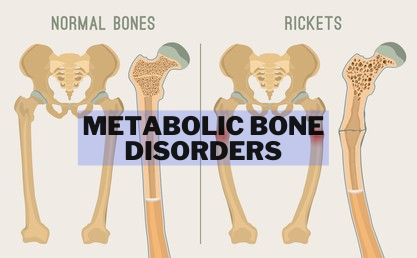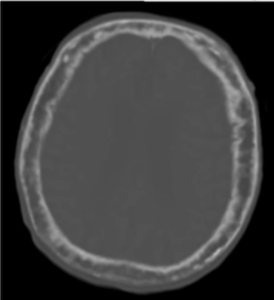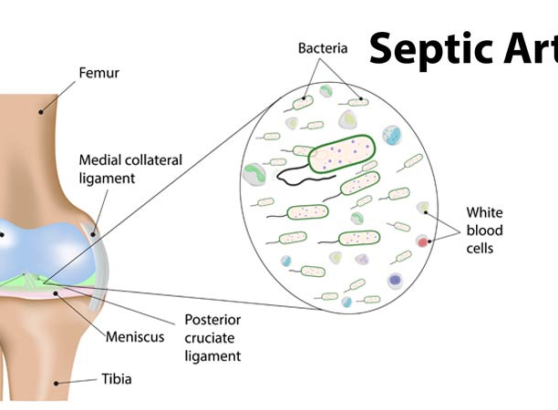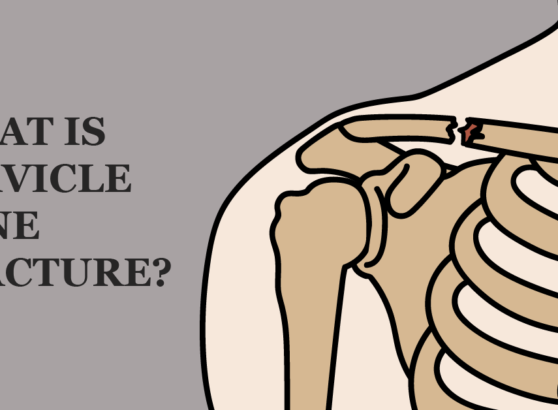This is a brief article on metabolic bone disorders. We are going to be talking about five bone diseases that are caused by disturbed bone metabolism.
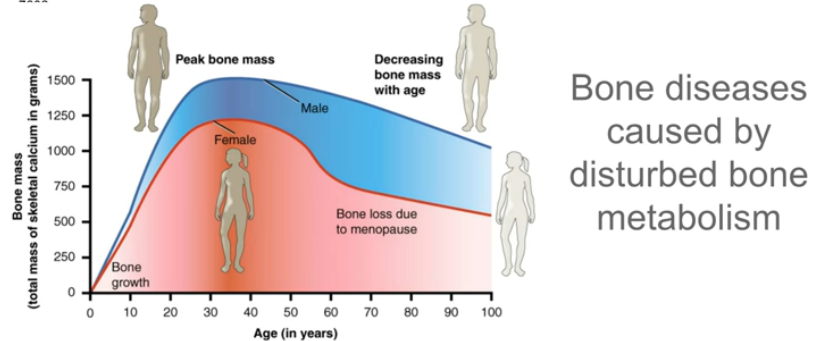
Any deviation from the above chart might be a result of a metabolic bone disorder. So, let’s jump into the first one,
1. Osteitis Fibrosa Cystica:
- AKA brown tumor of hyperparathyroidism.
- Caused by excessive bone resorption (mediated by osteoclast activity)
- Hyperparathyroidism -> increased PTH -> resorb bone
- Pathology -> diminished bone strength
- Subperiosteal resorption (below connective tissue)
- Bone cysts
- Radiology: cyst formation, mimics bone neoplasms.
- Histology: fibrous tissue, hemorrhage (hemosiderin pigment)
- Treatment: the underlying cause of hyperparathyroidism.
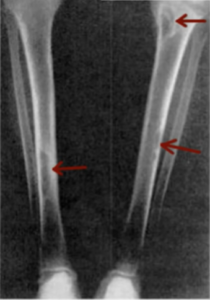
2. Paget’s Disease of Bone:
Paget’s disease of bond is characterized by an increase in the quantity of bony matrix but despite this increase in the quantity of bony matrix. These bonds are fragile and weak because the structure of bone is highly disorganized.
This disorganization of bony structure leads to weakness of bone. So, we call this pathology Paget’s disease of bone.
Now, this patient’s disease of bone is characterized by three stages,
- The first stage is an osteolytic stage in which there is the destruction of bone.
- The second stage is a mixed phase in which there is destruction as well as the formation of bone.
- The third stage is an osteosclerotic phase in which there is just the formation of bone but this formation of bone is highly disorganized.
Symptoms: usually asymptomatic, but some get bone pain/fracture/deformity, arthritis, neuro complications
3. Osteogenesis Imperfecta:
- ‘Osteo’ refers to the bone ‘Genesis’ means formation. So, this is imperfect bone formation this is a congenital defect is also known as brittle bone disease.
- Inadequate bone formation with defective bone matrices
- Due to mutation in bone collage gene
- Clinical: unexpected fractures, family history, blue sclera (Photo 4:45)
- Diagnose with DNA tests or collagen analysis
- Treatment: bisphosphonates, surgery, no cure
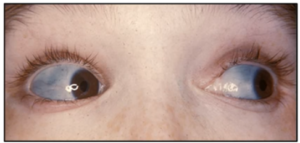
4. Rickets and Osteomalacia:
- Caused by abnormal bone mineralization and vitamin D deficiency.
- Due to insufficient calcium or phosphorus
- Most frequently caused by vitamin D deficiency.
- Bone softening. (So, that malacia means softening)
- Adults (osteomalacia) -> bone pain, muscle weakness, fracture risk.
- Children (rickets) -> bone deformities, dental issues.
- Treatment: restore vitamin D levels, calcium, and phosphorus

5. Osteoporosis:
- Most prevalent metabolic bone disease in adults.
- Affects an estimated 20 to 25 million Americans, with 4:1, female: male predominance.
- Believed to cause 1 to ½ million fractures annually.
- Diagnosis: Based on clinical characteristics or a DEXA scan.
- Fragility fracture: fracture occurring at an inappropriate degree of trauma.
Osteoporosis Treatment:
- Directed at the primary consequence of disease: fracture
- Modification of preventable risk factors, such as smoking and alcohol consumption.
- Evaluation of fall risk.
- Consideration of walkers, handrails, night lights, hip pads.
- Adequate dietary calcium and vitamin D.
- Prevention for those with family history: minimize bone loss, increase bone density, and prevent fracture.
- Medication.

For more information talk to a healthcare provider.
If you have any questions about Bone Disease, please feel free and leave a comment.
Do share this blog with your friends and family!


